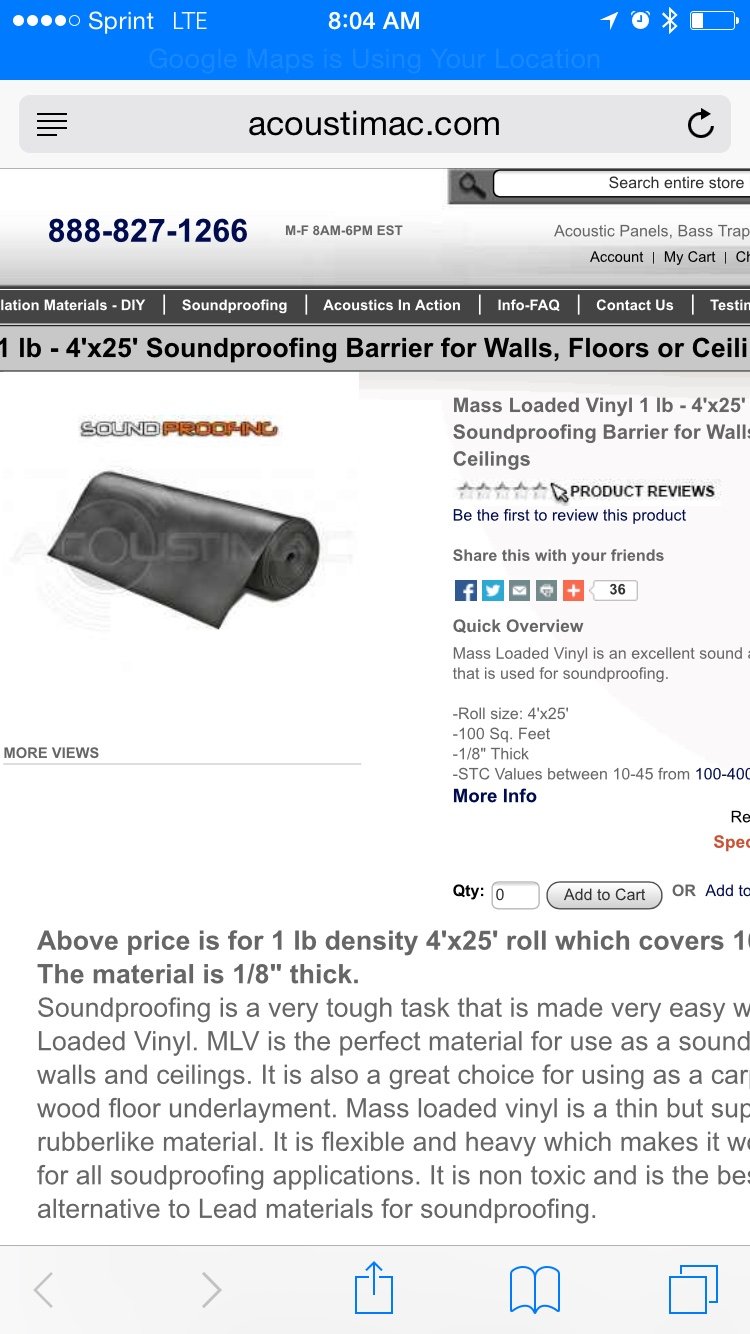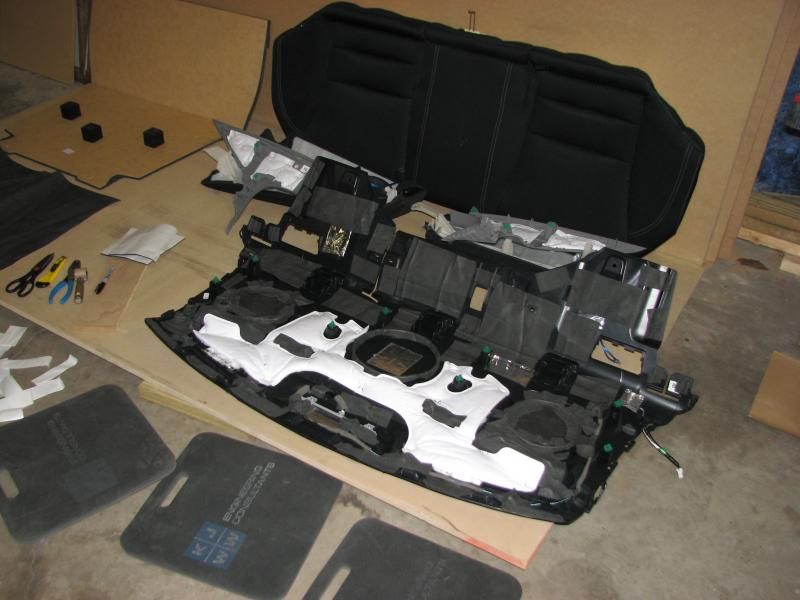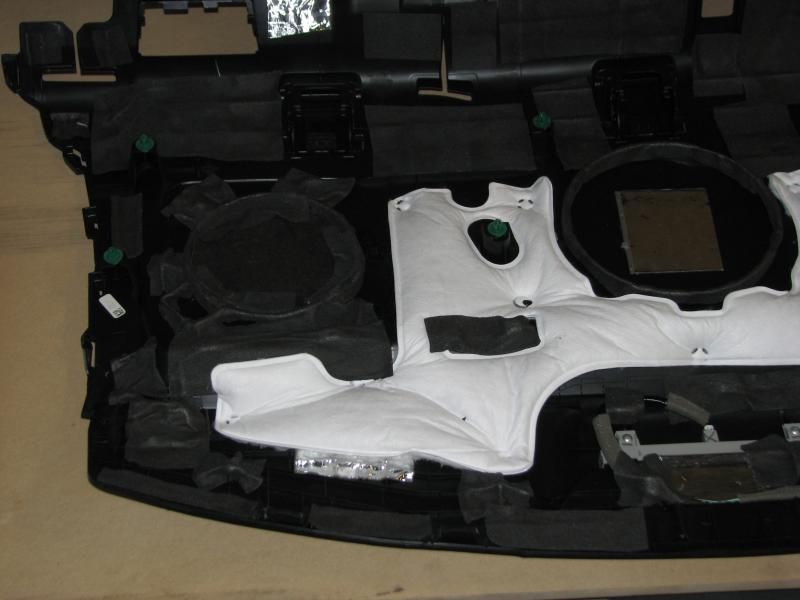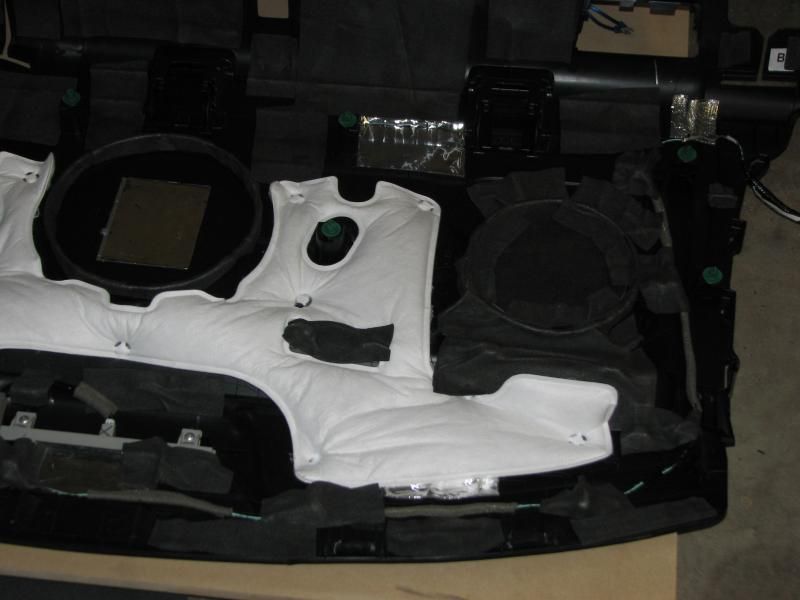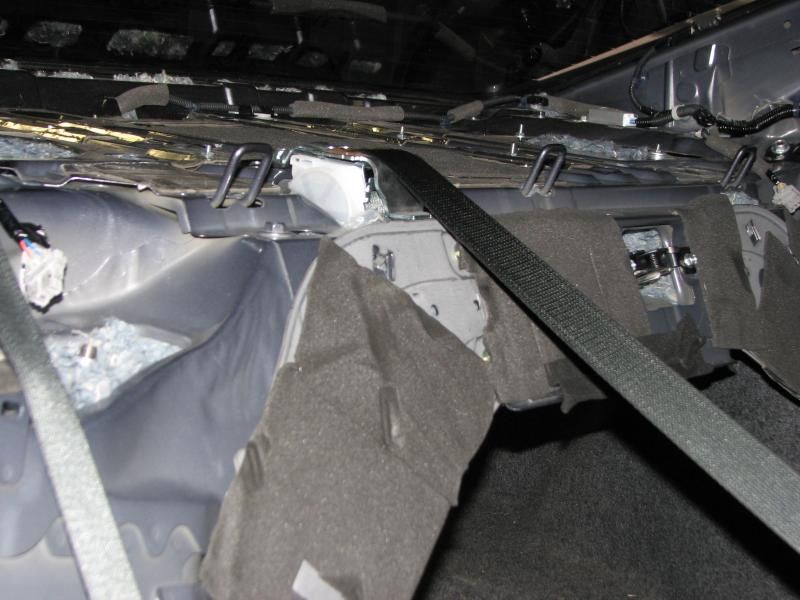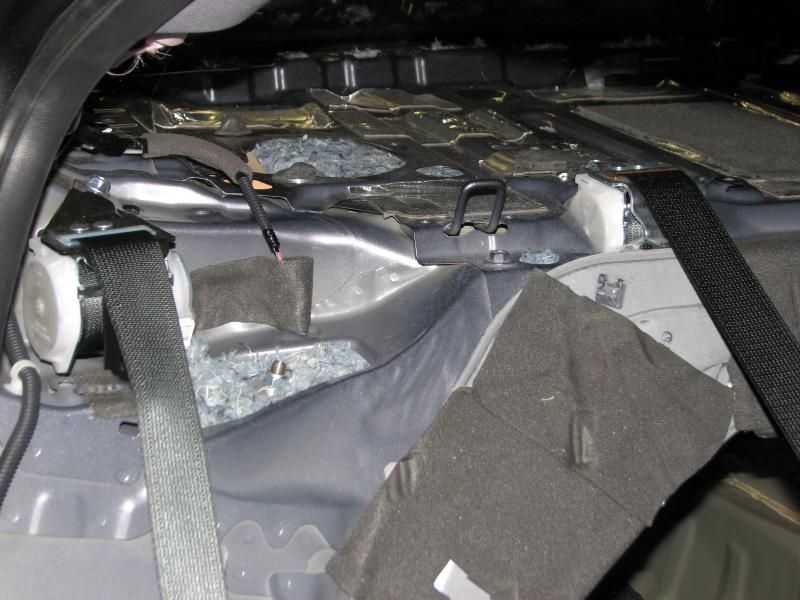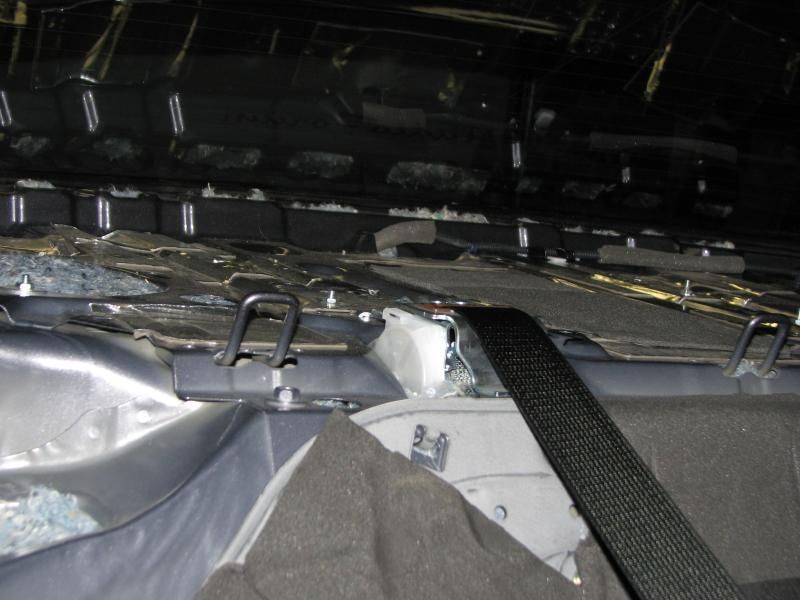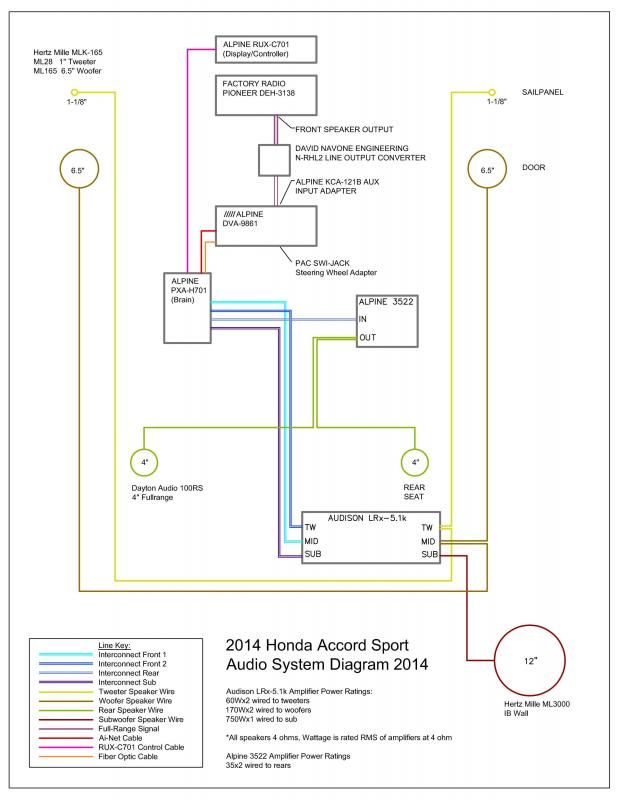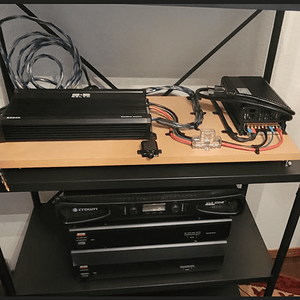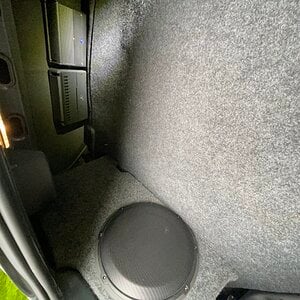Thanks for chiming in.
Ensolite is CCF. it is used for decoupling and mitigating rattles. it is not used for sound absorption and the website is misleading (it doesn't "break up" sound either). i don't use it for sound absorption. i use it to decouple the MLV from the metal, and i use it to prevent the plastic door panel from rattling against the door. it doesn't compress like open cell foam, nor does it absorb moisture.
This is the same application I use it in as well. It's wonderful for that. It would be nice if they clearly listed what this foam was on the site (OCF/CCF) as that makes a difference in many applications. If it is indeed a CCF, then you're right, it's a fallacy to tout it as a good sound absorber because CCF is useless for that.
it's a common misconception that if you put an absorber in plastic it becomes inert. the thickness of the plastic plays a role but the product still absorbs sound - and is much more effective than OCF.
fiberglass batt/ceiling tiles wrapped in plastic is what we use for sound absorption in commercial applications. the plastic reduces some high frequency absorption but boosts midbass absorption (membrane properties). i use a 1mil PVC sheet, so it's pretty thin. thicker PVC sheeting would shift absorption ranges even lower. we don't care about high frequency absorption so it's a win. it's stupid effective and in my opinion is a requirement in any car door. without effective sound absorption - a door is a reverberant chamber. we hear the reverberating rear wave some time later as it comes back out through the speaker cone later. this is why simple music can sound good but complex music sounds worse over time. the PVC sheeting keeps the fiberglass dry, which is important. i'm the only one preaching this method (besides those who have also done it and had the benefit). the comparison is that if you do just one door and listen to the untreated door in comparison - the untreated door becomes unlistenable.
This is what I was confused about. But I found that there are acoustically transparent (or to a degree) materials when searching on the subject and thought that was a wonderful idea you had. It makes total sense. My concern was the fiberglass batting and moisture, but as long as it stays dry... Also, why do you compress the batting? Is it more effective at trapping lower frequencies when compressed vs not? I thought the thicker the material, the more effective it becomes as frequency drops. Would like to learn more about that.
i got the idea while comparing acoustical absorption samples from CMA and realizing we've been looking for a PVC encased fiberglass product. We use PVC encased fiberglass in areas subject to humidity/moisture and we use it above ceilings and acoustical clouds.
CMA
CMA
Then i came up with an affordable alternative suitable for doors (less than 2" thick). ceiling tiles work better since they are compressed and thinner. compressed fiberglass panels are what we use for sound absorption in all commercial applications. we don't use open cell foam. in professional recording studios we use fiberglass absorption and diffusion and design the room correctly. //content.invisioncic.com/y282845/emoticons/smile.gif.1ebc41e1811405b213edfc4622c41e27.gif
if you look at absorption coefficients for faced fiberglass batt insulation (normal stuff used in walls with the paper facing) - when you put the paper facing out, high frequency absorption drops but midbass absorption increases.
if you look at bass traps, they use a membrane. low frequencies lose energy by transferring energy into the membrane - you can think of it as moving it while high frequencies mostly reflect. similar to how panel flex is lost energy.
the denim is a nice alternative to fiberglass and 10x more effective than polyfil. since i can touch it without itching, it's perfect in cavities and i use it in every cavity i can find. it's comparable to fiberglass batt (maybe better, depends on the density of the fiberglass batt).
what my door is missing is diffusion, but i have enough absorption it's more anechoic than anything.

